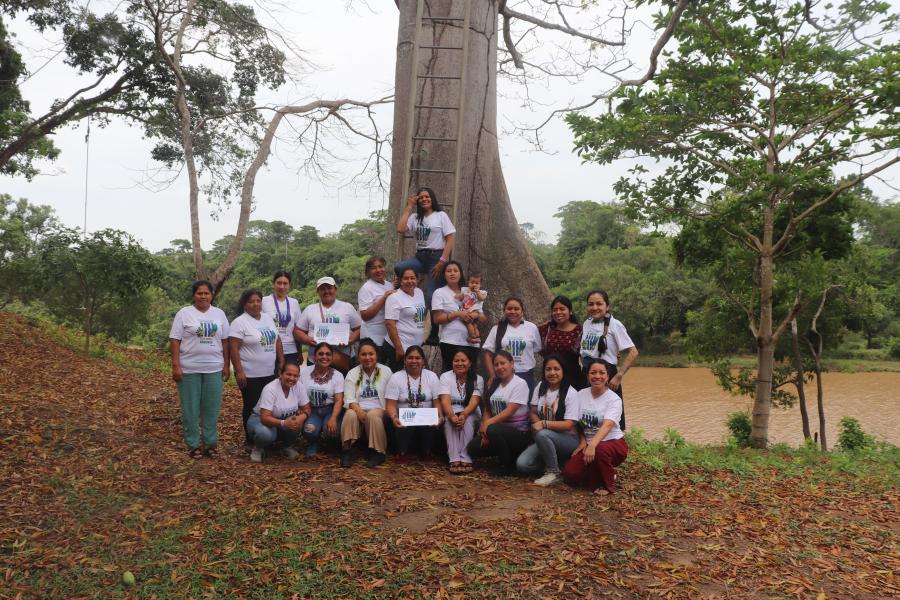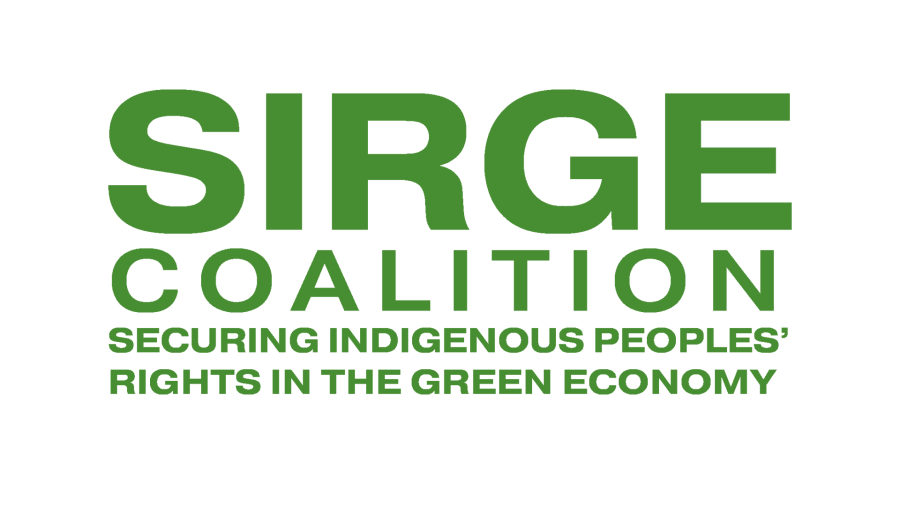
According to UN Special Rapporteur on Business and Human Rights John Ruggie, when extractive companies have problems with local communities surrounding their development, about 80% of time can be devoted to conflict resolution: not an effective time strategy. Companies can lose up to $20 million a week due to shut down costs as a result of social conflict.
A report published by First Peoples Worldwide in 2013 researched the issue of risk when extractive sector industries are on or near Indigenous territories. The report concluded that over 92% of companies were rated as having high risk for successful investment, yet only 5 of 370 companies evaluated that were working on or near Indigenous territories around the world that have Indigenous Peoples policies to guide the company for how to positively engage and work with Indigenous Peoples. “This report makes a very compelling case to why extractive sector companies should form very strong and positive relationships with Indigenous Peoples prior to moving on or near their territories,” explains Peter Croal, head of the International Association for Impact Assessment (IAIA) in a new video. Croal emphasizes that Indigenous Peoples are often not against development, rather they know “development can help the social issues that Indigenous Peoples face around the world, from poverty to education to health, and so on.” However, the point is clear that new factors have to be considered in development projects with Indigenous Peoples such as the land, cultural, and spiritual elements that have previously been ignored. These factors are now more relevant than ever in business in order to make a lower-risk investment and to have valuable resources focused on other project areas instead of losing money on shutdown costs due to easily avoidable situations such as social conflict.
The IAIA helps investors, extractive industries, and Indigenous Peoples work together to assess risk factors such as social conflict that will ultimately occur when developing on or around Indigenous territories. In Canada, it’s expected that there will be $650 billion dollars worth of investment in the next ten years in Canada and about half of that investment is going to occur near Indigenous territories.The Northern Gateway project to bring crude oil from the tar sands of Alberta down the Canadian coast to inevitably be shipped to China is an example of one such massive project.
Croal encourages investors, Indigenous communities, and companies to use impact assessment and strategic environmental assessment as a tool to help make more sustainable practices a reality.


